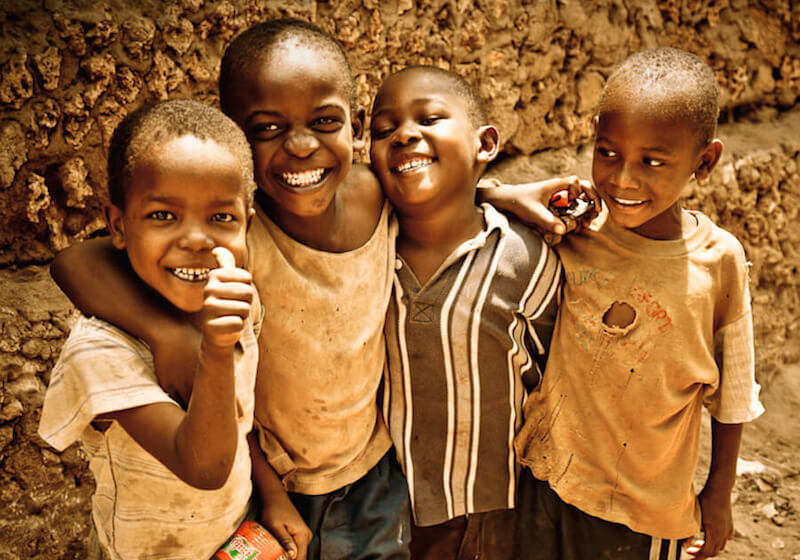Background
The death of a parent can spell a premature end to childhood. In the early 2000s, 1.7 million Kenyan children had lost one or both parents—many from AIDS—and many more were struggling with serious family illness. Deprived of parental love and protection in their formative years, while also losing financial support, orphans and vulnerable children (OVC) faced physical, emotional, and economic risks: hunger, mental illness, school dropout, and exploitation. Children already teetering on the edge of extreme poverty, who had few resources to weather such a huge shock, felt the loss deeply.



